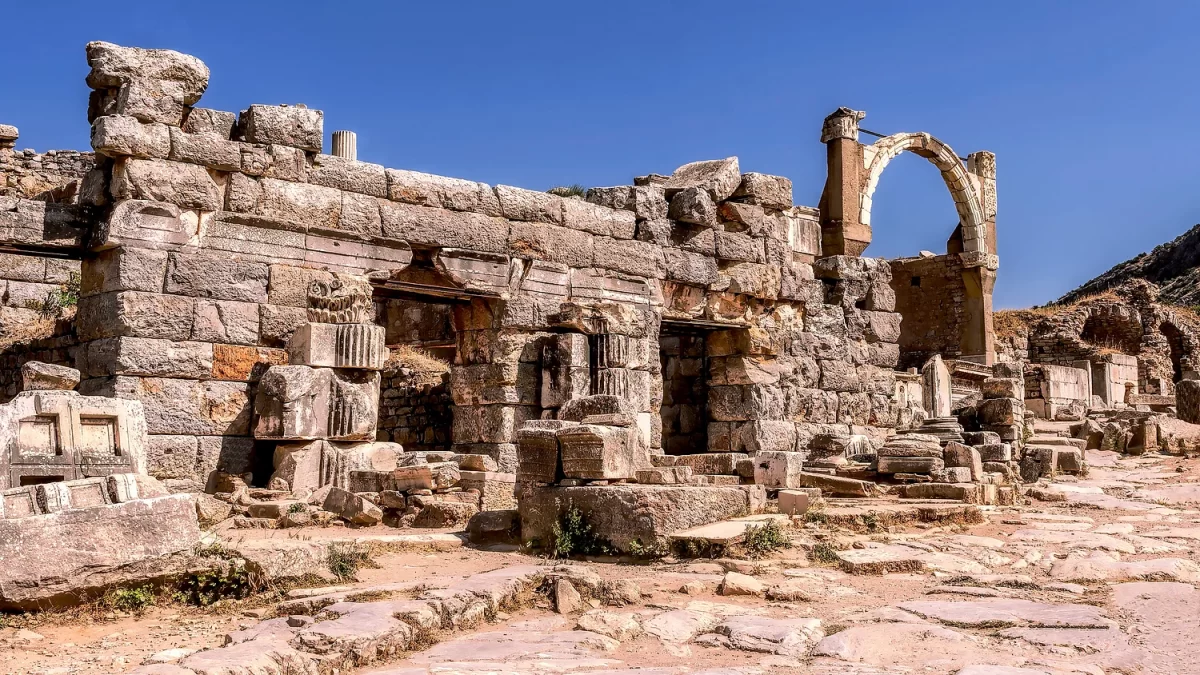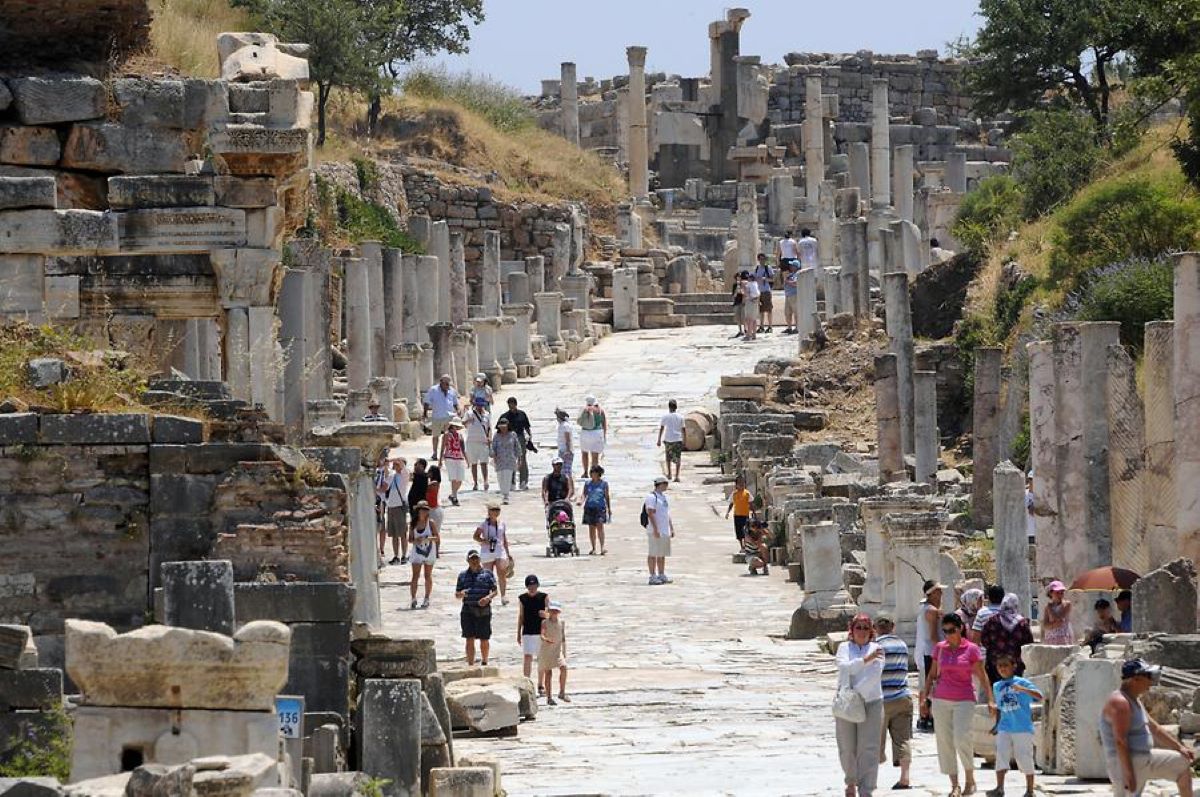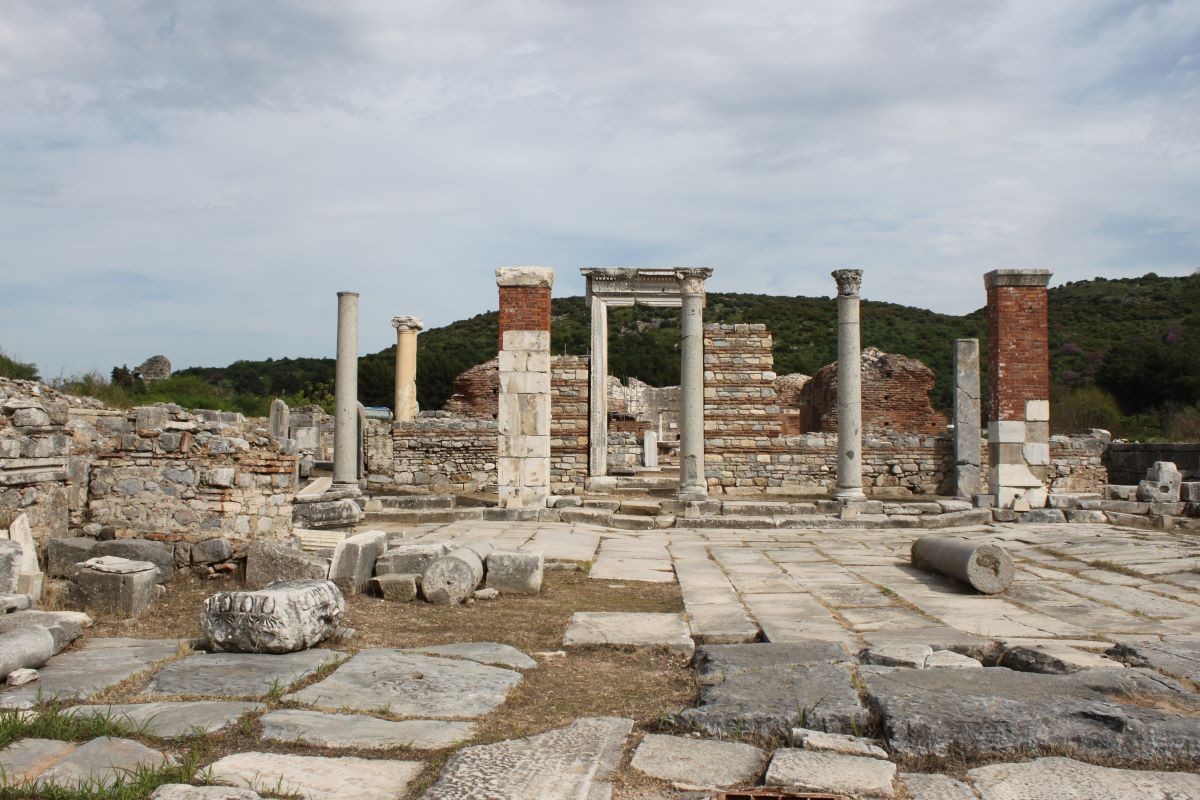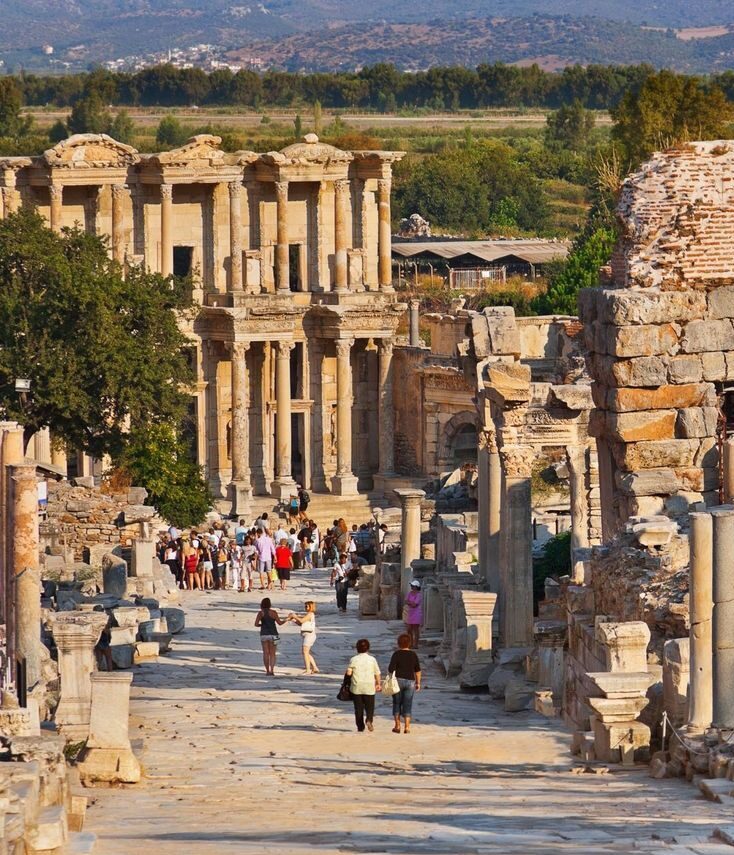The ancient city of Ephesus is a site of remarkable historical significance, with a…

The Fountain of Pollio in Ephesus: A Marvel of Ancient Roman Engineering
Ephesus was once renowned for its magnificent architecture and engineering feats. One such example is the Fountain of Pollio, a stunning monument built during the Roman Imperial period. The fountain was a marvel of engineering, with a complex system of aqueducts and channels that brought fresh water to the city. Today, the Fountain of Pollio stands as a testament to the ingenuity and creativity of ancient engineers.
The Fountain of Pollio was built in the 1st century AD by Sextus Pollius, a Roman senator who served as the governor of Asia Minor. The fountain was located at the intersection of two main roads in the city, and it was designed to provide fresh water to the residents of Ephesus. The fountain’s design was typical of Roman fountains, with a large central pool surrounded by colonnades and sculptures.
One of the most impressive aspects of the Fountain of Pollio was its water supply system. The fountain was supplied with water from the nearby Maeander River, which was channeled through a complex system of aqueducts and channels. The water was then filtered and purified before being distributed to the city’s residents through a network of pipes and channels. The fountain’s water supply system was so advanced that it continued to provide fresh water to the city for centuries after its construction.
The fountain was also adorned with impressive sculptures and reliefs. The central pool was surrounded by a colonnade of Corinthian columns, and the walls of the colonnade were decorated with intricate reliefs depicting scenes from Greek mythology. The fountain’s sculptures were also impressive, with statues of the goddess Nike and other figures adorning the fountain’s niches and pedestals.
The Fountain of Pollio was a popular gathering place for the residents of Ephesus, who would come to the fountain to collect water and socialize with friends and neighbors. The fountain was also used for religious ceremonies and festivals, with priests and priestesses offering prayers and sacrifices to the gods and goddesses.
Today, the Fountain of Pollio is a popular tourist attraction in Ephesus. Visitors can marvel at the fountain’s intricate design and impressive engineering, as well as the beautiful sculptures and reliefs that adorn the fountain’s walls. The fountain stands as a testament to the creativity and ingenuity of ancient engineers and architects, and a reminder of the rich cultural heritage of Ephesus and the ancient world.




This Post Has 0 Comments